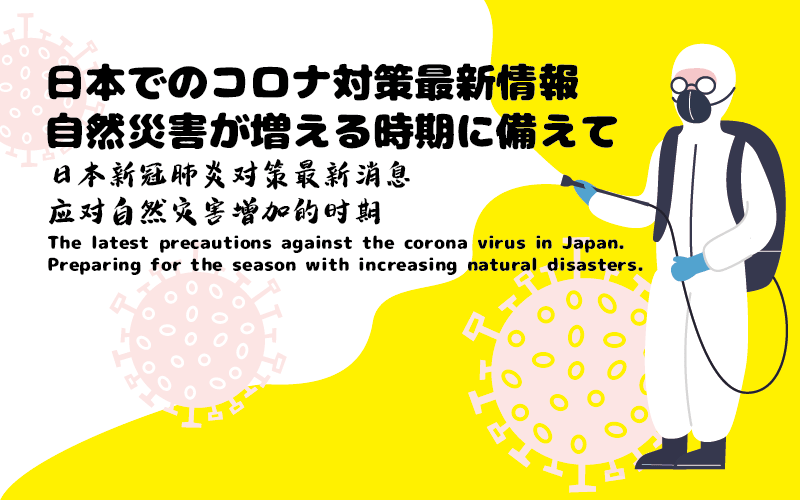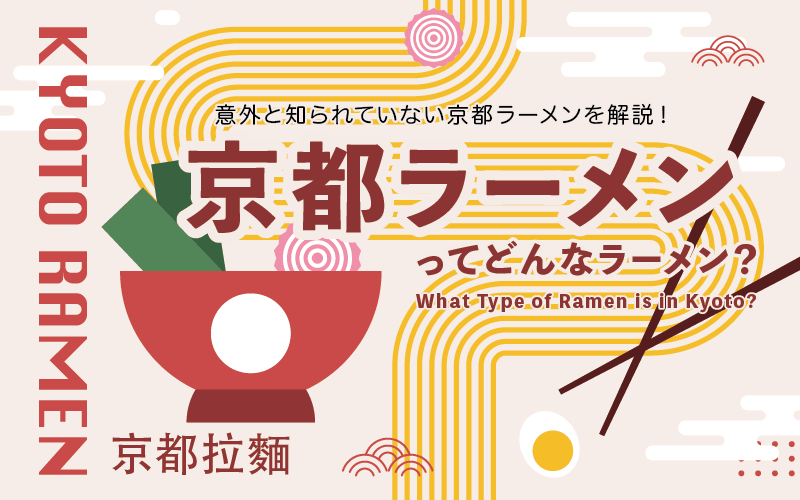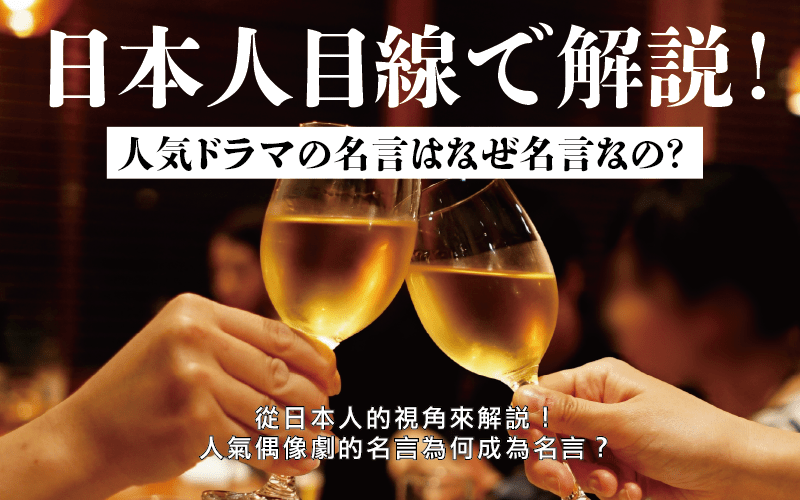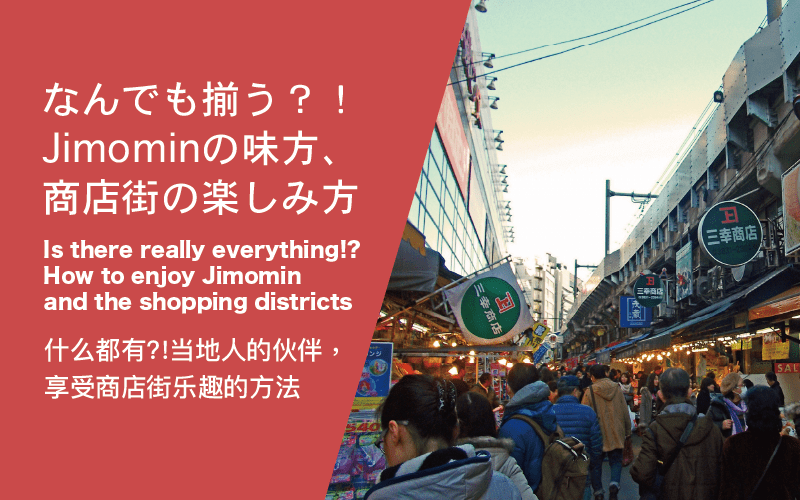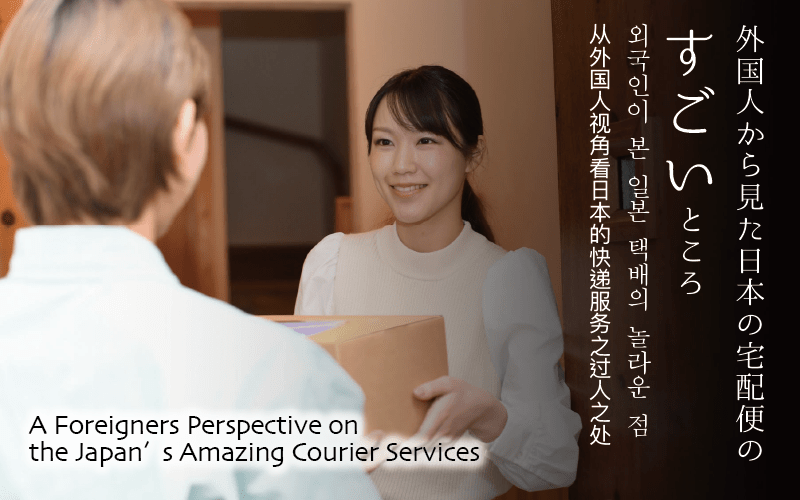In terms of area, Japan is a relatively small island country, but there are still cultural differences within it. This time, let's give a look at those between Kansai and Kanto areas.
What is the historical background of Kansai and Kanto?
History is one of the reasons why the differences between Kansai and Kanto have arisen. It was Kyoto and Nara that prospered as capitals from the ancient times, until the city of Edo (modern Tokyo) became the center of Japanese politics, during the Edo Period. The culture and customs nurtured in Kansai then became more “Japanese tradition-like” ones, and have been passed down without essentially changing. Since the Edo Period, new cultures and customs, based on the Kansai older culture (like samurai, craftmanship or others), have been brought to the Kanto area, and this process continues to this day.
Differences between Kansai and Kanto: Food and Beverage edition
One of the fields where the cultural difference between Kansai and Kanto is easy to understand is the food. Let's take a look at some of the most common aspects.
The basics of Japanese food: dashi (broth)
Kanto: Made with Katsuobushi (bonito)
Kansai: Made with kelp

Dashi is the basis of Japanese food, yet in the Kanto area it is considered as a bonito broth (taken from bonito flakes), and in the Kansai region it is mainly a kelp broth.
This is because the water in each region contains a different amount of minerals: In the Kansai area, blessed with softer water sources, the dashi became more delicate with the use of kelp. In the Kanto area, on the other hand, with rather hard water sources, the dashi recipe saw the introduction of bonito, which became the official and most used one.
Grilled eel
Kanto: Cut open on the back
Kansai: Cut open on the belly

Eel kabayaki (grilled eel) has an irresistible rich flavor, but in the Kanto region, there is a process of opening the fish from the back and then steaming it once during baking. On the other hand, in Kansai, the difference is that it is opened from the abdomen and is baked as it is, without steaming.
According to a theory, eels started to be cut on the back during the golden age of the Edo Period. The simple reason is that cutting a fish on the belly was very reminiscent of the samurai suicide method “seppuku”, which was very much disliked by most people.
Sukiyaki
Kanto: Boiled with “warishita” stock
Kansai: Roasted with sugar and soy sauce
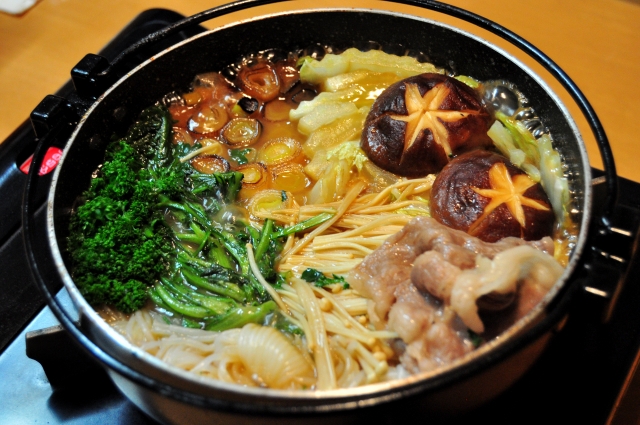
Despite being one of the most representative dishes of Japan, a big difference regards sukiyaki as well. In the Kanto region, meat and vegetables are seasoned with sweet spices and boiled, but in the Kansai region, the meat is grilled directly with sugar and soy sauce and it is the first to be eaten. After that all the vegetables are added. Eating what is most delicious first, reminds of the name “Sukiyaki” (roast what you like), proper of the Kansai style.
Differences between Kansai and Kanto: Everyday edition
We introduced differences between Kanto and Kansai regarding food, but there are many regarding everyday life as well.
Standing side on the escalator
Kanto: Stand on the left
Kansai: Stand on the right
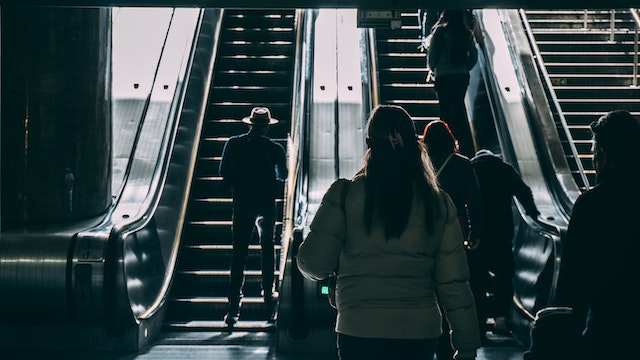
A common question is whether to stand on the left or right side when on an escalator. In Kansai, it is common to stand on the right side and open the left side for other people to pass, but in the Kanto area, it is normal to stand on the left side. It is said that this difference became widespread when Hankyu Corporation announced that the right side was the “correct” one at the time of the Osaka Expo held in 1970.
Tatami size
Kanto: "Edo-ma" 1757 x 879 mm
Kansai: "Kyo-ma" 1909 x 954 mm

When expressing the size of a room, we use “tatami” as a unit of measurement, but the size of tatami is actually different between Kanto and Kansai.
The tatami mats in Kanto are 1757 x 879 mm and are called "Edo-ma", while the tatami mats in Kansai are 1909 x 954 mm and are called "Kyo-ma". Please note that the Kyo-ma is one size larger than the Edo-ma, so those who move from Kansai to Kanto without knowing this, may think that rooms there are smaller than they thought.
This difference is said to be due to the method used in the building construction. In the past, tatami mats were a luxury item used only by noble people: it was so important that it was common to decide the position of the building pillars according to the size of the tatami mat in the architecture of the building. In the Edo period, however, tatami mats started to be used in ordinary smaller houses as well, and their size was again the space between the structure pillars. This is the reason for the smaller size of the “Edo-ma” tatami.
Summary
We introduced some cultural differences between Kansai and Kanto, but of course there are many more, as you may think. Having differences born for various reasons in many regions of a single country is a beautiful thing and should be kept as a pride. I believe each region should have its own unique culture and customs.
At the present moment the tourism industry is struggling because of the coronavirus, but it may be possible to develop a new image of local tourism, by paying attention to these differences in culture and customs.



